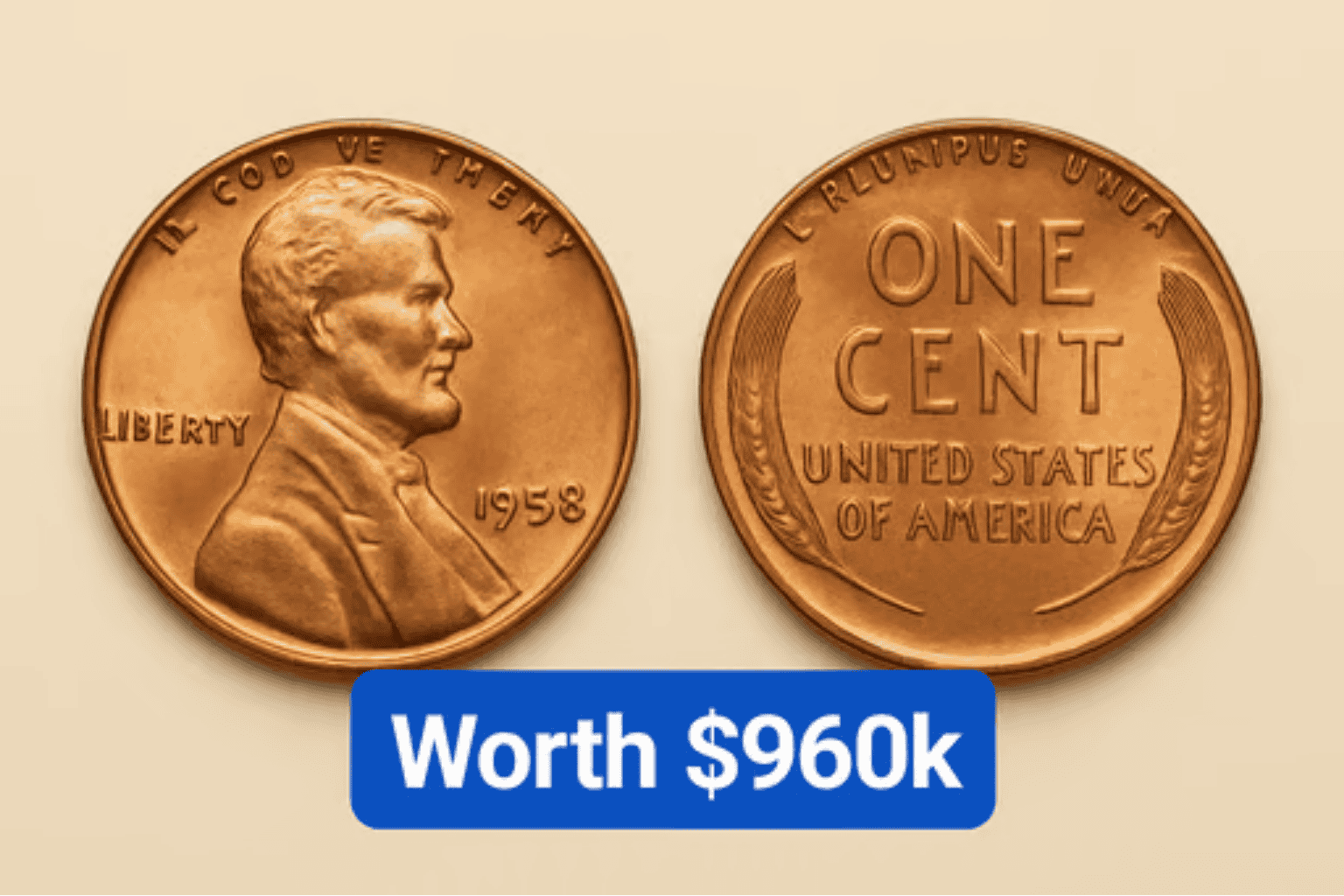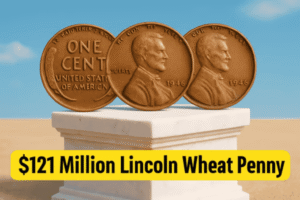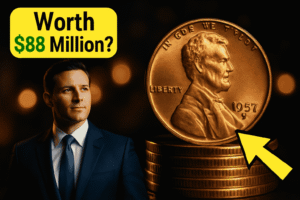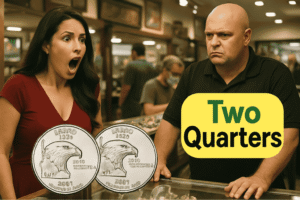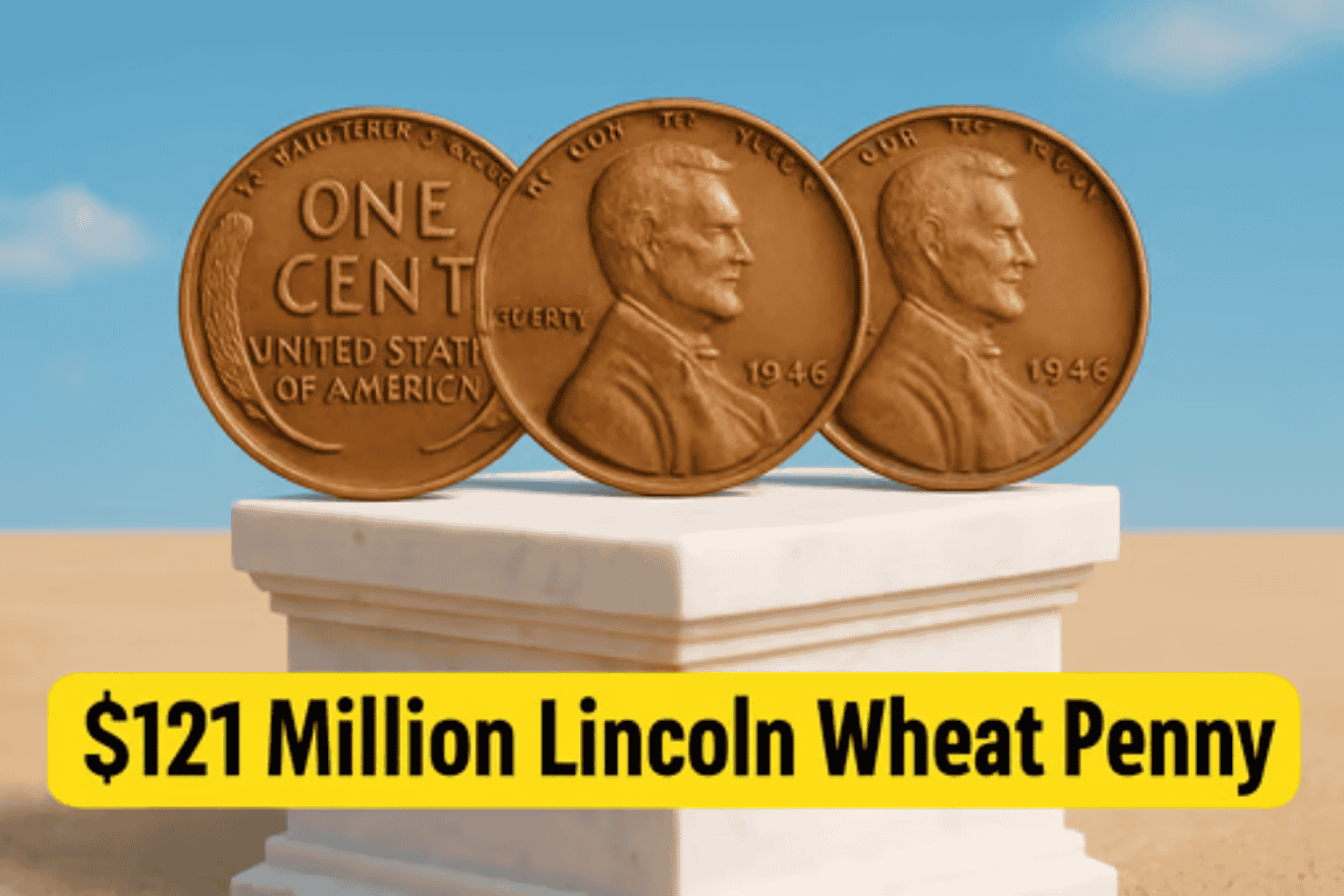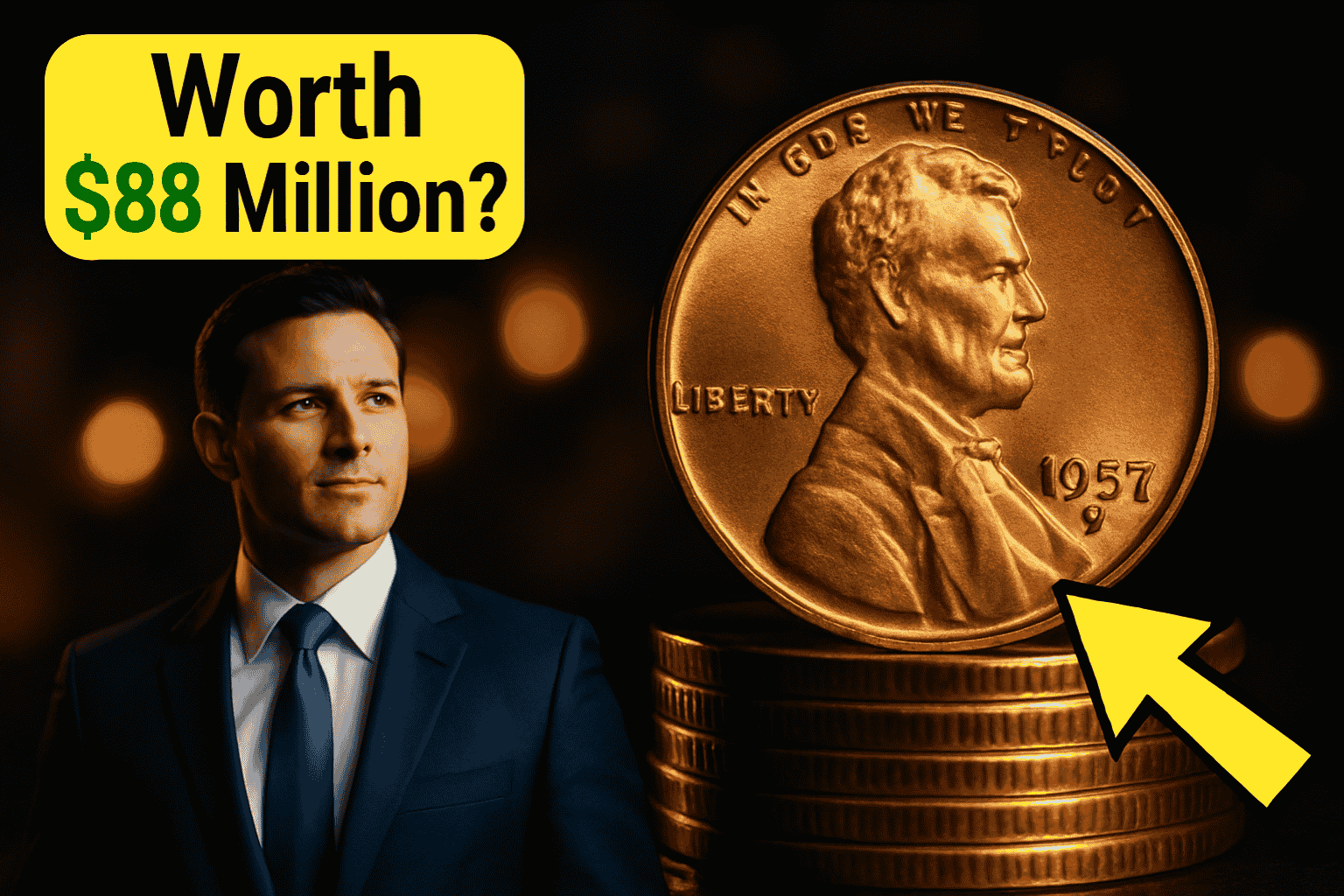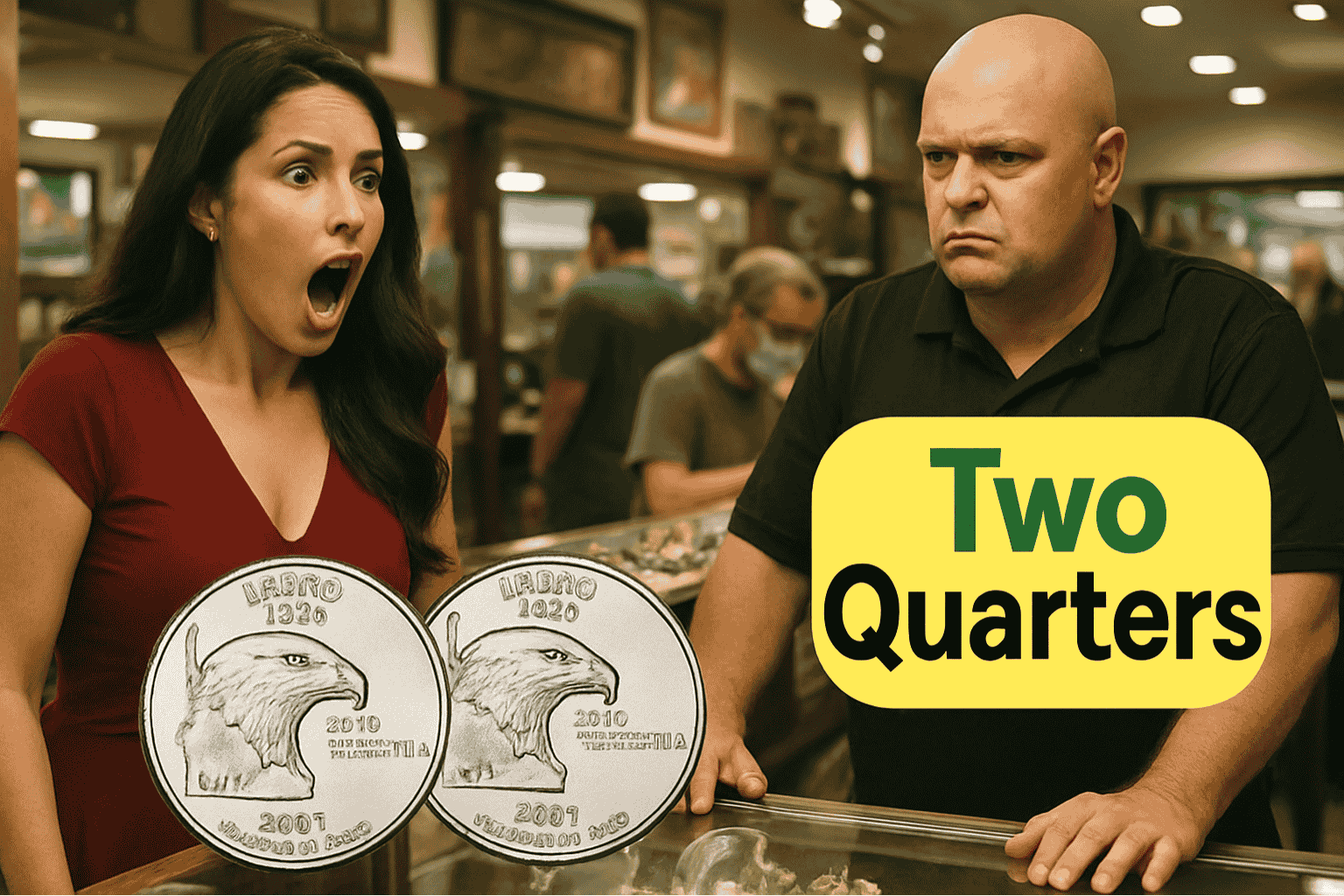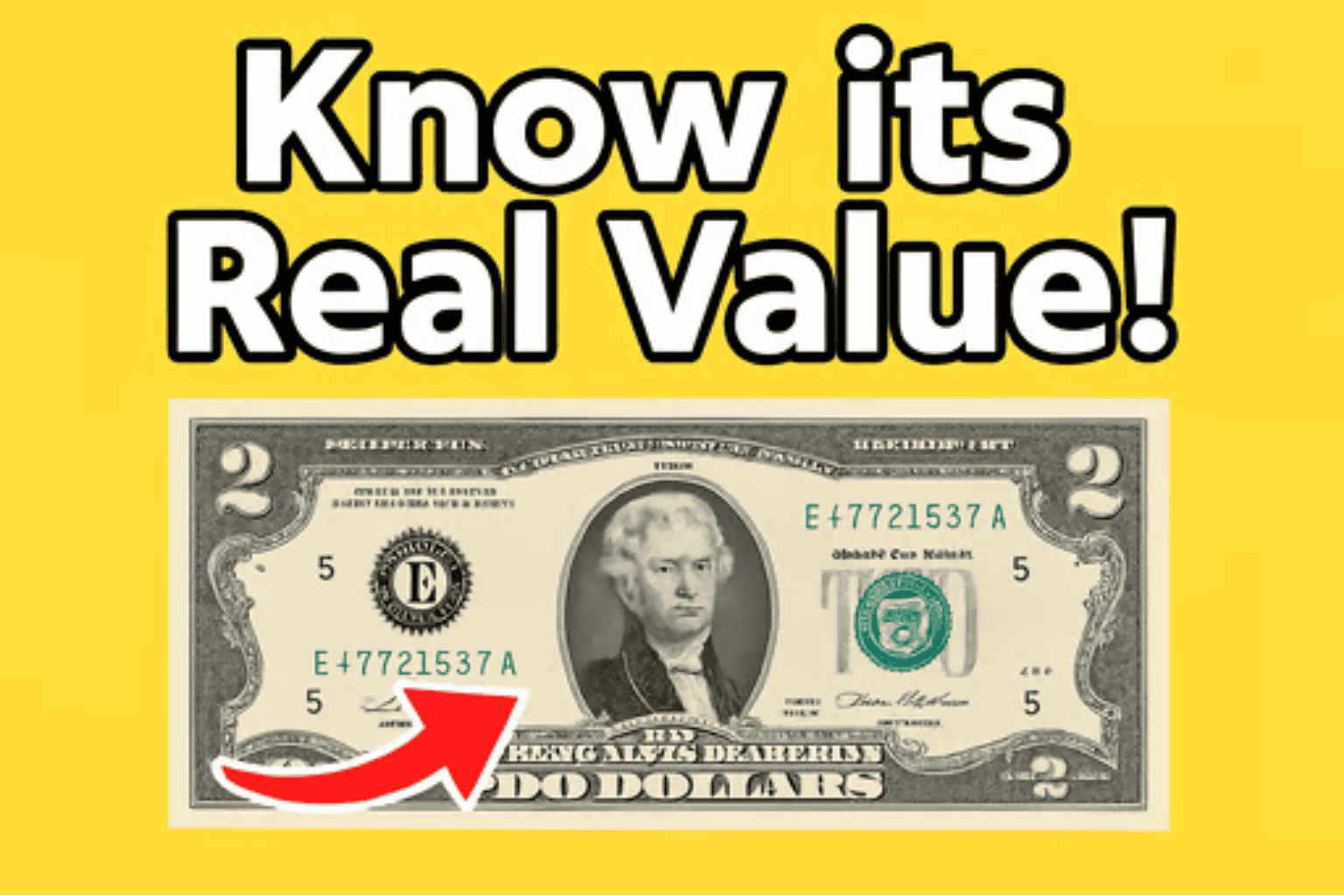Let’s be honest—most of us don’t even glance at pennies. They get dumped in couch cushions, dropped on sidewalks, or clink around in old mason jars we swear we’ll cash in “one day.” But here’s the twist: some of those dusty little coins could be worth thousands. Even hundreds of thousands. One rare Lincoln Wheat Penny even flirted with a million-dollar auction price. Yeah, you read that right.
So how does a 1¢ coin become worth more than a Tesla? It’s a mix of history, scarcity, and some truly weird minting mistakes.
A Penny With a Presidential Twist
Before 1909, American coins didn’t show actual people—just symbolic figures like Lady Liberty. That changed when the U.S. Mint decided to honor Abraham Lincoln’s 100th birthday by putting his face on the humble penny. It was a big deal. Controversial at the time, even.
The coin’s reverse (that’s the “tails” side) featured two curved wheat stalks framing the words One Cent—a design that gave birth to its nickname: the Wheat Penny. It ran from 1909 to 1958 before the switch to the now-familiar Lincoln Memorial reverse.
But here’s where it gets spicy: some of those early coins? Extremely rare. And collectors are wild for them.
So What Makes a Penny Worth a Fortune?
It ain’t luck. Okay, maybe a little. But mostly it’s a mix of three key factors:
| Factor | Why It Matters |
|---|---|
| Rarity | Fewer coins minted = higher value. Limited runs or error coins are goldmines. |
| Condition | Coins in “mint state” (no wear, clean strike) can fetch 10–100x more than worn ones. |
| Error Coins | Misprints, wrong metals, or double impressions make collectors go nuts. |
Let’s walk through a few of the big names.
The Usual (Rare) Suspects1909-S VDB
This is the holy grail for many Wheat Penny hunters. Only 484,000 were made in San Francisco, and they featured the designer’s initials—V.D.B. (Victor David Brenner)—on the reverse. Some people thought it was too self-promotional, so the Mint quickly removed the initials in later runs.
Got one in mint condition? You’re sitting on a five-figure payday. Easy.
1914-D
Low production in Denver. Not flashy, not an error coin—just really hard to find. High-grade examples? Think $10,000 to $30,000, depending on the market. This is the kind of coin that doesn’t scream “valuable,” but trust me—it’s a sleeper.
1943 Copper Penny
During WWII, the U.S. switched to steel pennies to save copper for ammo and wiring. But a handful of 1943 pennies were accidentally struck using leftover copper blanks. Less than 20 are confirmed to exist.
How do you spot one? Easy. Steel sticks to a magnet. Copper doesn’t. So if your 1943 penny doesn’t cling to a fridge magnet, it’s time to freak out—in a good way.
1955 Double Die Obverse
This one’s fun. Due to a misaligned die during production, the lettering on these pennies appears doubled. No magnifying glass needed—you can actually see the effect with your naked eye.
They’re dramatic, they’re collectible, and even lower-grade versions pull in thousands at auction.
How to Start Your Search
You don’t need to be a numismatic wizard to get started. Just a sharp eye, a magnifying glass, and maybe a magnet. Look for:
- Key dates: 1909, 1914, 1922, 1931, 1943, 1955
- Mint marks: Look under the date. “D” = Denver, “S” = San Francisco. No mark = Philadelphia.
- Oddities: Doubling, off-center strikes, missing letters, or weird coloring
Still got Grandpa’s coin jar? Start there. People have found 6-figure pennies in the wild—true story. One kid discovered a 1943 copper penny in his school cafeteria’s change tray. Sold it years later for nearly $200,000.
Don’t Clean It, Don’t Drop It
If you think you’ve struck copper gold, here’s what not to do:
- Don’t clean it. That “shiny new look” ruins collector value.
- Don’t touch the face. Handle coins by the edge.
- Don’t guess. Use third-party graders like PCGS or NGC for legit authentication.
And before you try to sell it, check recent auction prices for the same coin. eBay can give you a rough idea, but serious collectors check Heritage Auctions and similar sites.
These Coins Tell a Bigger Story
It’s not just about the money. Every Wheat Penny is a tiny artifact of American life. They changed hands during the Great Depression, WWII, the rise of suburbia—you name it.
It’s kinda wild to think about. The same penny you might find in an old jar could’ve helped buy a Coke in 1942 or been slipped into a GI’s pocket before shipping out to Europe. These aren’t just coins—they’re time travelers.
So… Worth Digging Through Your Change?
Absolutely. Will you find a rare one? Maybe, maybe not. But that’s half the fun, right? The thrill of the hunt. The satisfaction of finding something special in the most ordinary places.
And hey, next time someone scoffs at your penny pile, just smile. That little copper disk might be worth more than their car.
FAQs
How can I tell if my penny is rare?
Check the date and mint mark first. Use a coin guide or app to identify key years. If it looks weird or different, it could be an error coin.
Are all 1943 pennies valuable?
Nope. Most are steel and worth maybe a buck. Only the rare copper ones bring serious cash.
Where can I sell a valuable penny?
Start with a coin dealer, auction house, or online marketplaces like eBay (but know what you’re doing). For big-ticket coins, go through professional channels.
Should I clean old coins?
No, no, no. It ruins the surface and tanks the value.
Are Wheat Pennies still in circulation?
Rarely, but it happens. Especially in old coin jars, estate sales, or bank rolls.

